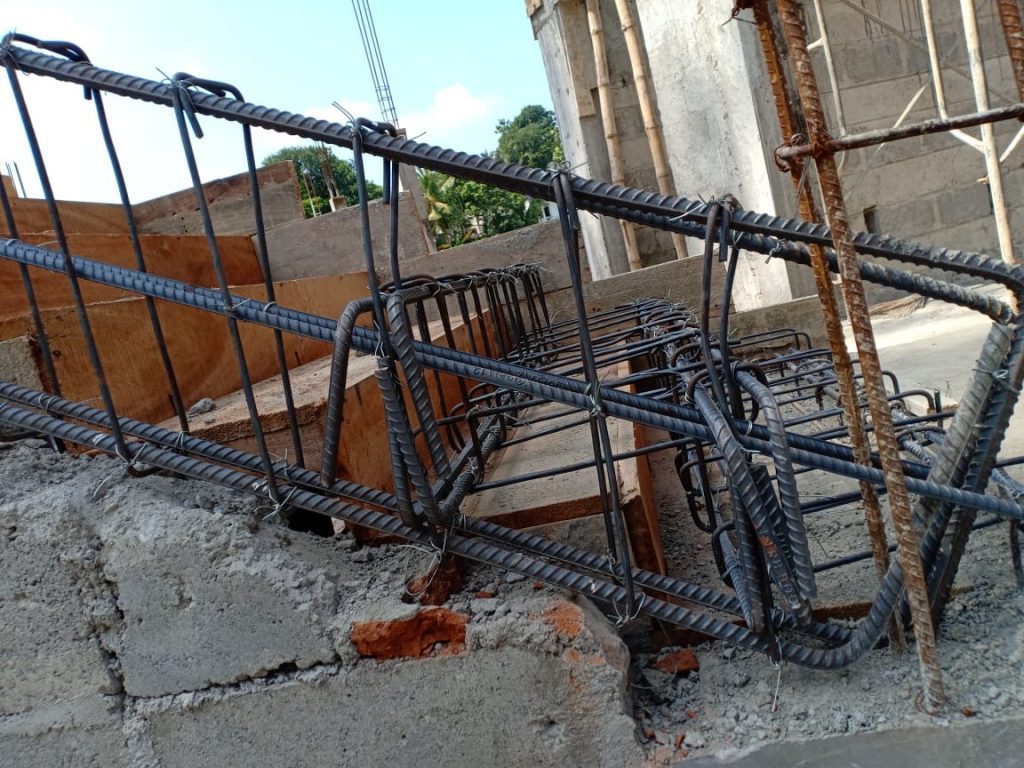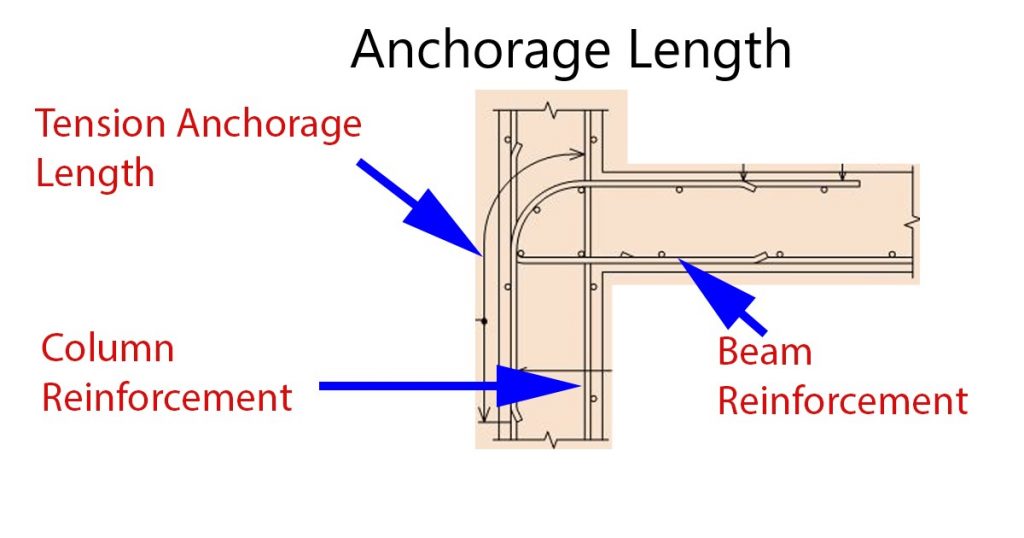Movement Joints in structures can be seen very commonly as they make the structure stable, constructible and reduce the cost of construction.
If the structures tend to move in any direction due to settlement, wind effect or any other reason, it is advisable to let the structure behave the way it intends to.
Avoiding the movement will incur the high cost of construction and structures could be cracked or damaged due to many reasons.
For example, in the event of an earthquake, the building deflects laterally and if a sufficient gap has not been provided when two buildings are adjoining, there could be damages to the structural elements.
That kind of event could lead to the failure of structures.
Movement joints are provided in structures considering the behavior of the structure and the amount of movement that it could move.
For example, when the gaps between the two buildings are considered, it should be more than the maximum design deflection. Maximum deflection may vary depending on the type of design.
When the design for wind, deflection is calculated according to that particular code and if the structure is designed for seismic events, values permitted by the code shall be used.
In addition, movement joints are provided for movements that occur due to expansion and contraction when the temperature is changed. For more information Expansion Joints In Concrete can be refereed.


